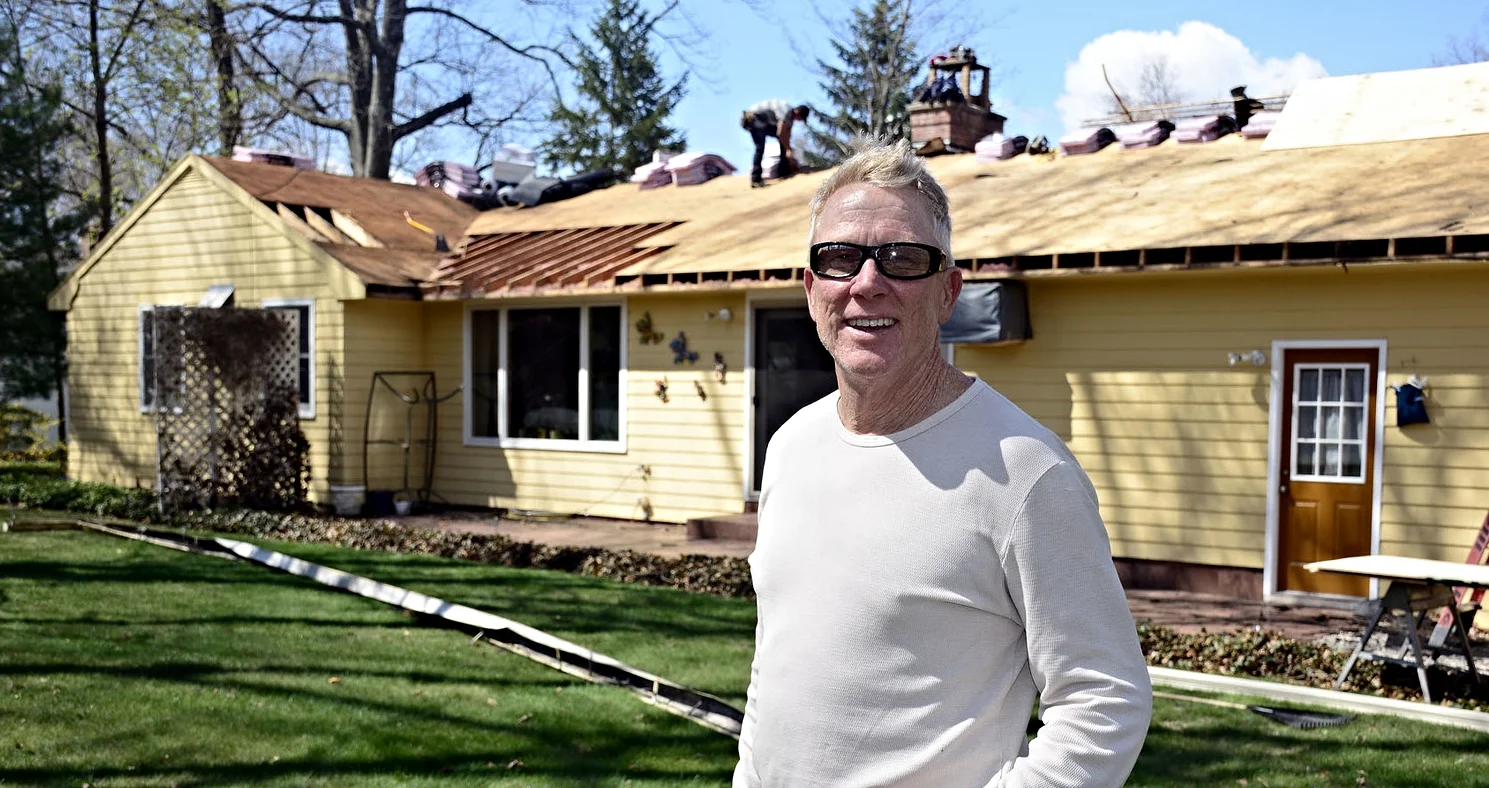Chipmunks Digging Up Your Yard? Say So Long Without Harming Them
Chelsea O'Donnell
Have you noticed that there seems to be an explosion of chipmunks this year? Everywhere I look, there they are, scurrying around, having the time of their lives, and digging up my lawn. So what gives? Is it just me or has there been a love of loving going on in the rodent department?
It turns out that the mild winter and a mast year for acorns this past fall are both to blame for our abundance of chipmunks. More food and warmer temperatures seem simple enough - plenty of opportunities to store up supplies and a fairly comfortable climate to do it. So now that we know why, the next question is what can we do about it?
Chipmunks are relatively harmless in that they are small, non-aggressive, and will generally skedaddle at the first sight of a human. However, they are burrowing animals and spend most of the winter underground where they sleep, live, and bring their food to store. This is the reason why you may be seeing small holes in your yard and flower beds. It’s more than likely that a chipmunk is trying to make a home there.
While it’s annoying, these holes are usually just below the surface and aren’t cause for concern other than being unsightly. However, in rare cases, chipmunks can begin burrowing near foundations, especially around stairs, porches, and patios. The most common annoyance is generally for gardeners as chipmunks aren’t shy about devouring seeded fruits, vegetables, or flower bulbs. Birdseed and pet food also provide easy meals that will keep them hanging around.
So if you have chipmunks in your yard and you want to get rid of them in a non-harmful way, you have a few options. First, be sure to remove anything that provides nuts, seeds, and berries, as this makes their job of foraging easier. Chipmunks have an amazing sense of smell and can’t stand some of the foods and flowers we love such as garlic and daffodils. Planting a few natural repellents will help keep the critters at bay. Any herbs or plants that are oil-producing such as peppermint, citrus, cinnamon, and eucalyptus are also fantastic deterrents.
Finally, don’t give chipmunks easy places to hide. Wood piles, leaf debris, and old stone walls are perfect homes for chipmunks to get comfortable. By keeping your yard clean and free of food and shelter, the chipmunks will have nowhere else to go but your neighbor's yard.
Bob O’Donnell is the owner of O’Donnell Bros. Inc., a Bristol-based home improvement company established in 1975. Email your questions for Bob to info@odonnellbros.com with the subject line “Ask the Pro.” All questions may be considered for publication. To contact Bob for your remodeling needs, call O’Donnell Bros. Inc. at (860) 589-5155 or visit http://www.odonnellbros.com. Advice is for guidance only.
